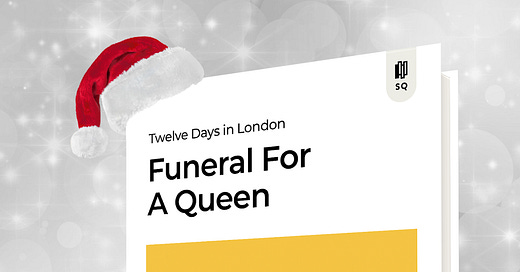Sutherland House Prize Finalists
Here's the short list. Tell us which book you'd most like to read
Welcome to the 177th edition of SHuSH, the official newsletter of The Sutherland House Inc. If you’re new here, hit the button:
Keep reading with a 7-day free trial
Subscribe to SHuSH, by Kenneth Whyte to keep reading this post and get 7 days of free access to the full post archives.



